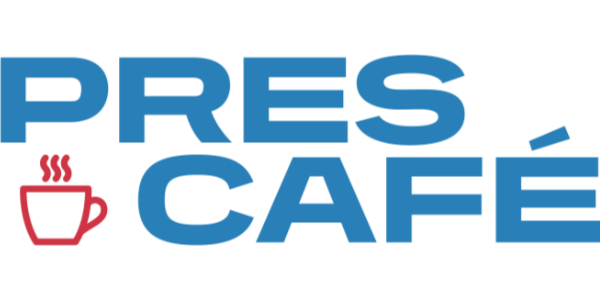(26-04-2023, 09:14 AM)F4C Wrote: (26-04-2023, 09:10 AM)Rdd Wrote: Forgive me for asking but what’s a “jingle pub”? I’m hazarding a guess that it has to do with the bumpers on French TV that introduce advertising? I recall French-owned Eurosport at least used to do something similar but other than that it’s not a thing in this part of the world.
You’ve got it. Pub means “publicité”, which means advertisements. I believe the French are quite strict with advertising on TV, even more so with France Televisions as their national broadcaster.
Really strict. Arcom (the national regulator) not only handle TV and radio licensing and programming standards, but also down to advertising. Pubs for tobacco, hard alcohol products, prescription medication, arms and juridical assistance plans are outright completely banned on TV, whilst pubs for books, magazines and papers are banned on TNT channels (they are allowed on cable channels), this is done to protect regional newspapers. Cinema channels on pay TV (e.g. Ciné+, OCS) can only show trailers between films (interrupting them is outlawed).
The jingle pub is also a requirement; there is no fixed timing for them, although the duration average is around 5 seconds. Commercials must be separated by an interpub slide (often a plain coloured screen, mostly black, used by TF1 and M6 channels, but France Télévisions uses a white slide since the late 90's, and other channels use a graphic with their logo and/or graphics, either static or animated, with TV5Monde using a blue slide, a style which was standardised up until the late 90's, when most channels began to use variations after most channels began to move playout facilities out of the historic 13-15 rue Cognacq-Jay studios, where playout was centralised, an heritage of the former ORTF).
It also regulates how ads must be and when they can be shown: ads for commercial goods must not prioritise special offers, and commercial broadcasters must air up to six minutes of adverts by hour, and limit the commercial time to 144 minutes per day (that's up to 24 commercial breaks). Commercial breaks tend to be long most of the day (between 9-12 minutes in average).
Channels can also interrupt a programme when it enters within the category of films, TV movies and series, magazines, and game shows. If the programme is longer than an hour, there can be a second commercial break. Each ad break must adhere to the aforementioned rules. Often between programmes, TF1, France Télévisions and M6 have shorter commercial breaks and promo blocks to pad time before the next programme begins. That is not the case, however, in peak time slots in most channels.
France Télévisions and Canal+ are regarded as special cases: both channels can only air 4 minutes of ads per hour, and FTV's channels must offer programmes commercial-free between 20h and 6h in all channels (ads can air at any other times), this is the case since 2009. Special interest services, like LCP and Public Sénat, are banned altogether of offering commercial breaks.
(26-04-2023, 07:19 PM)Kunst Wrote: Because UK is much less regulated than France, it's much easier to launch a channel from an international company in France.
Actually not within the TNT fold: ownership of TNT channels (either free or pay) by a non-European company is limited to 20%. That was the reason Eurosport left pay TNT in 2014 (after
Warner Bros. Discovery bought a majority stake in the network before taking it over one year later).
More of the regulations focus on content quotas: broadcasters must allocate some part of its budget to finance and produce local original series, and also finance European productions and ensure a healthy industry in the country; the same case is with the regards of French music radio, where French quotas are required in order for local songs to compete with English language music. Additionally, simulcasts are strongly discouraged, except for exceptional circumstances, like breaking news or Presidential broadcasts (allocutions). The Arcom's predecessor, the CSA, began enforcing the simulcast restrictions after D8 (recently bought by Canal+) began simulcasting i-Télé's La Matinale during its first weeks; this led to a rebuke by the CSA. It was however relaxed due to the pandemic (with TF1 simulcasting its news programming on LCI, and France 2 replacing Télématin with a simulcast of franceinfo TV's morning programme, with some added Télématin segments and features).
Even streamers have to comply with the aforementioned regulations, and also need to apply for a license to operate.

![[-]](https://pres.cafe/images//collapse.png)

![[Image: 73044558-50831346.jpg?v=1684914296]](https://www.megazap.fr/photo/art/default/73044558-50831346.jpg?v=1684914296)